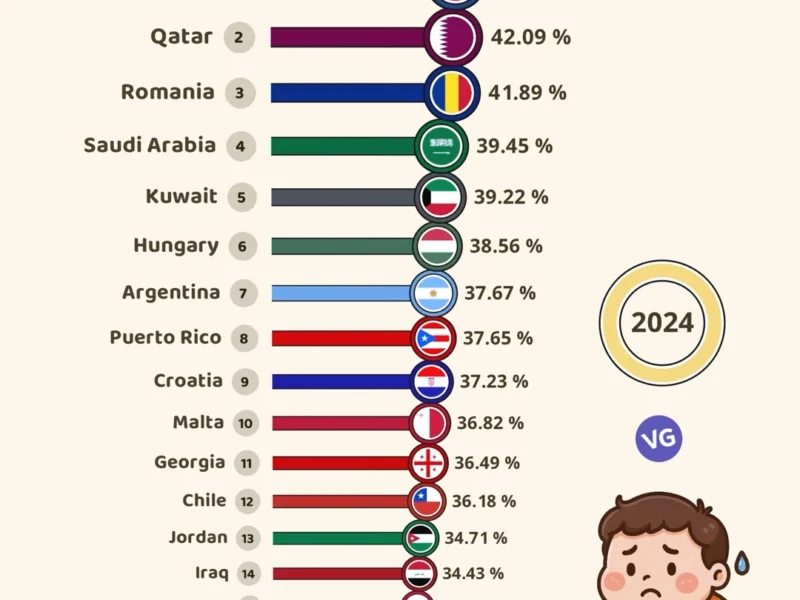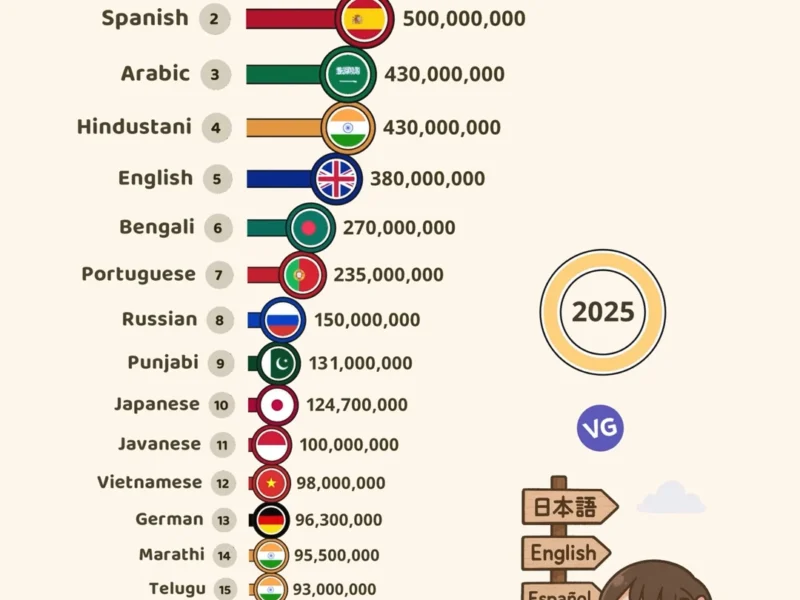India, a union of 28 states and 8 union territories, is renowned for its linguistic, cultural, and demographic diversity. As the world’s second-most populous country, India’s population is a subject of great interest and study. In this detailed exploration, we delve into the population of India state wise, assessing the most recent census data and estimates for 2021, 2022, and 2023. We also examine factors such as population density and the demographic makeup of each state.
India’s Population: An Overview
As of 2021, India is home to an estimated 1.4 billion people, making it the world’s second-most populous country after China. This constitutes approximately 17.5% of the global population, a remarkable statistic considering that India occupies only 2.4% of the world’s land area.
The population of India is not evenly distributed across its states and territories. Some states have populations larger than many countries. For instance, Uttar Pradesh, the most populous state, has a population comparable to that of Brazil. On the other hand, states like Sikkim and union territories like Lakshadweep have populations less than a million.
The Census of India
The primary source of population data in India is the Census, conducted every ten years by the Office of the Registrar General and Census Commissioner under the Ministry of Home Affairs. The first population census in British India was conducted in 1872. Post-independence, the first census was conducted in 1951 and has been carried out every decade since. The latest population figures are based on data from the 2011 Census.
State-wise Population of India 2021
Moving onto the state-wise population of India in 2021, let’s look at the estimated figures. Uttar Pradesh, with a population exceeding 200 million, is the most populous state. Maharashtra, Bihar, and West Bengal follow, each with populations over 100 million.
The least populous state is Sikkim, with a population of around 700,000. Among the union territories, Delhi has the highest population, while Lakshadweep has the least.
State-wise Population of India 2022
Looking forward to 2022, the population distribution remains relatively consistent with previous years, but with a general increase in numbers across states due to natural growth. Uttar Pradesh continues to top the chart, followed by Maharashtra, Bihar, and West Bengal.
State-wise Population of India 2023

By 2023, the population of Uttar Pradesh is projected to rise to over 235 million. Bihar, despite being only about one-third the size of Uttar Pradesh in terms of geographical area, is expected to have a population of over 125 million.
Population Density in Indian States
Population density, defined as the number of individuals per square kilometer, varies significantly across different regions of India. The densely populated regions include the Indo-Gangetic plains and the eastern and western coastal regions of the Deccan Plateau.
Uttar Pradesh, the most populous state, also has a high population density. Other states with high population density include Bihar and West Bengal. In contrast, states like Arunachal Pradesh and Mizoram in the northeastern part of the country have low population density.
Rural and Urban Distribution
India’s population is distributed across rural and urban areas. As of the 2011 census, about 72.2 percent of the total population resided in rural areas, with the remainder living in urban settings. States such as Uttar Pradesh, Bihar, and Rajasthan have a high proportion of rural population, while others like Tamil Nadu, Maharashtra, and Kerala have a substantial urban population.
Decadal Growth of Population
India’s decadal growth rate of the population has been slowing down. Between 2001 and 2011, the country’s annual population growth rate decreased from 2.15 percent to 1.76 percent. This trend is expected to continue in the following decades.
Religious Demographics of Indian States
India is a secular country with a diverse range of religious groups. Hindus form the majority in most of the states. Muslims form the majority in the states of Jammu and Kashmir and Lakshadweep. Christians form the majority in Nagaland, Mizoram, and Meghalaya.
Conclusion
The population of India state wise is a complex tapestry woven with threads of cultural, linguistic, and religious diversity. Understanding this demographic distribution is crucial for policy-making, planning, and socio-economic development. As India moves forward, it continues to embrace its demographic diversity, viewing it not as a challenge, but as a strength that contributes to its vibrant democracy and rich cultural heritage.
FAQ
What is the estimated population of India in 2021?
The estimated population of India in 2021 is around 1.4 billion people, making it the world’s second-most populous country after China.
Which state has the highest population in India?
Uttar Pradesh is the most populous state in India, with a population exceeding 200 million, comparable to that of Brazil.
What is the primary source of population data in India?
The primary source of population data in India is the Census, conducted every ten years by the Office of the Registrar General and Census Commissioner under the Ministry of Home Affairs.


